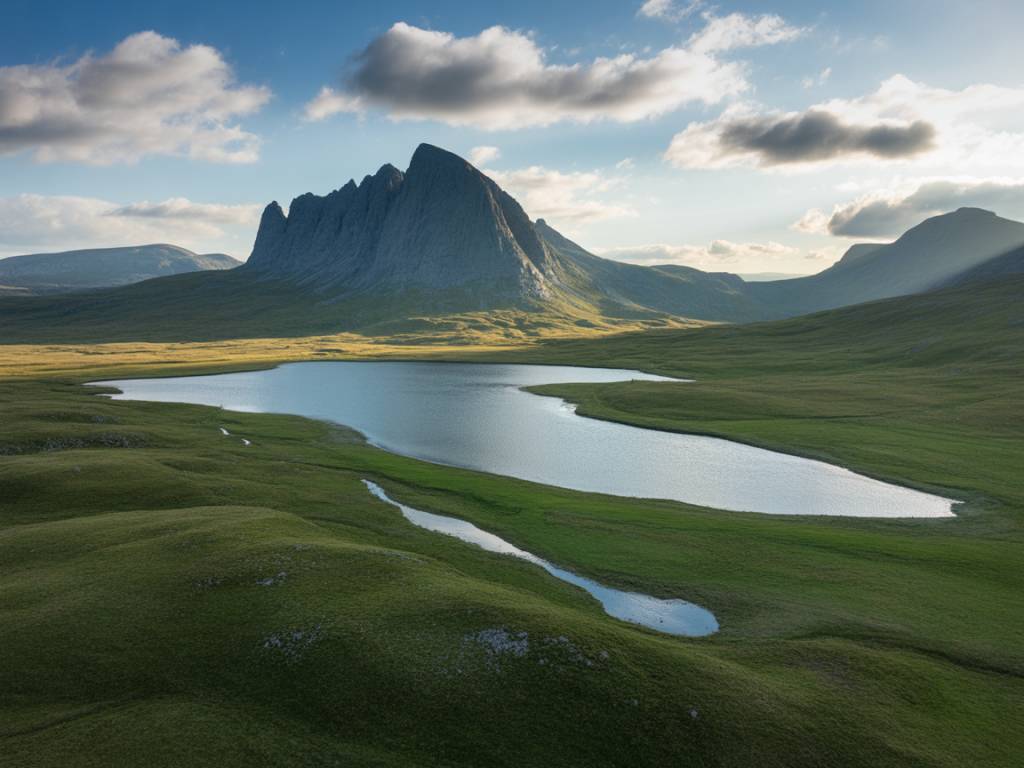Understanding Rewilding in Europe: A New Path for Conservation and Climate Action
In recent years, rewilding has emerged as a bold and innovative approach to restoring nature. Across Europe’s varied landscapes, from the Scottish Highlands to the Carpathian Mountains, rewilding projects aim to bring back native species, restructure ecosystems, and let nature take the lead. But can rewilding truly restore biodiversity and help combat climate change? As environmental challenges intensify, researchers, policymakers and conservationists increasingly view rewilding as a potential game-changer.
What Is Rewilding? Key Concepts and Definitions
Rewilding refers to the process of restoring natural processes and wilderness areas by allowing ecosystems to function with as little human intervention as possible. It often involves the reintroduction of keystone species, such as wolves, lynx or even wild horses, which play crucial roles in balancing ecosystems. The core idea is to allow nature the freedom to regulate itself – a contrast to traditional conservation models based on managing specific species or habitats.
There are various forms of rewilding:
- Passive rewilding: Leaving landscapes to regenerate naturally after agricultural or industrial use.
- Pleistocene rewilding: Attempting to reintroduce species with similar ecological roles to extinct animals that once roamed these habitats.
- Trophic rewilding: Restoring food chains by reintroducing top predators or large herbivores.
Biodiversity in Decline: The Imperative for Action
Europe, despite its urbanisation and agricultural intensification, is still home to remarkable biodiversity. However, species loss continues at an alarming rate. According to the European Environment Agency (EEA), over 60% of species and habitats under the EU Habitats Directive have an unfavorable conservation status. Among the main drivers: habitat fragmentation, pollution, invasive species, and climate change.
Rewilding Europe – a leading initiative in this domain – is working across various regions, including the Danube Delta and the Central Apennines, to reverse this trend. By restoring natural environments and strengthening ecosystem resilience, rewilding initiatives create habitats that support a wide range of flora and fauna.
Climate Change Mitigation Through Rewilding: Real Potential?
Beyond biodiversity, rewilding can play a meaningful role in addressing climate change. Nature-based solutions, such as ecosystem restoration, have been recognised by the Intergovernmental Panel on Climate Change (IPCC) as critical in climate mitigation strategies.
Rewilded landscapes contribute to carbon sequestration in several ways:
- Forest regeneration: Encouraging the natural growth of forests helps absorb CO₂ from the atmosphere.
- Wetland restoration: Peatlands and wetlands store twice as much carbon per hectare as forests.
- Soil health: Healthy ecosystems support microbial soil networks that enhance carbon storage capacity.
A study by the University of Oxford estimated that rewilding 20–25% of European land not intensively used could sequester over 100 million tonnes of CO₂ each year, while simultaneously boosting biodiversity and enhancing ecosystem services such as water purification and flood control.
Flagship Projects Demonstrating Success
Several rewilding projects across Europe have garnered international attention and provide proof of concept.
Scotland – The Cairngorms Connect Project: Aiming to restore 600 square kilometers of the Scottish Highlands, this project reintroduces native woodland, peatland and wetland habitats. Efforts to return species such as wildcats and golden eagles are under way.
Rewilding Iberia – Western Iberia Rewilding Area: This cross-border initiative between Spain and Portugal looks to reintroduce large herbivores like wild horses and fallow deer, revitalising savannah-like landscapes and helping green the ecosystem naturally.
Velebit Mountains, Croatia: One of Europe’s most successful examples of rewilding, this region has seen brown bears and lynxes thrive due to restrictions on hunting and the restoration of forest corridors.
Each of these projects integrates local communities through eco-tourism, sustainable land management, and education, showing that rewilding need not conflict with human development but can, in fact, reinforce it.
Challenges and Controversies: Not Without Critics
Despite its promise, rewilding faces criticism and practical obstacles across Europe. One concern is the potential conflict between reintroduced species and local communities, particularly farmers. For example, the reintroduction of wolves in certain regions has raised tensions due to livestock attacks, leading to calls for tighter regulation or financial compensation schemes.
Another debate surrounds the « purity » of ecosystems. Opponents suggest that historic baselines for ecosystems may not be achievable or desirable in a rapidly warming climate. Should Europe aim to restore nature as it was in the past, or reimagine new corridors of life suited to future conditions?
Moreover, land availability is a recurring issue, especially in densely populated countries. Transitioning agricultural or abandoned lands to rewilded spaces can challenge existing economic models and cultural perceptions of land ownership and utility.
The Role of Policy and Community Engagement
Effective rewilding in Europe depends heavily on supportive policy frameworks. The European Green Deal and the EU Biodiversity Strategy for 2030 both call for expanded nature restoration efforts. Funding mechanisms such as the LIFE Programme provide financial backing for eligible projects, but more targeted support may be required.
Equally crucial is involving local communities. When rewilding is participatory and locally adapted, it yields stronger results. Community-led conservation initiatives, combined with education campaigns, can improve tolerance for species like wolves and bears, generate eco-tourism revenue, and strengthen cultural ties to restored lands.
Rewilding: Connecting Conservation, Climate Action, and Sustainable Development
Rewilding Europe’s landscapes presents a multi-faceted opportunity. It can protect and restore biodiversity, sequester carbon, and foster resilient ecosystems. By combining ecological science, community involvement, and forward-thinking policy, rewilding efforts are transforming how we think about conservation in the 21st century.
As Europe searches for scalable solutions to the twin crises of biodiversity loss and climate change, rewilding offers a compelling, holistic path forward—one rooted not in control, but in trust in the natural world’s ability to heal and thrive, when given the space to do so.




